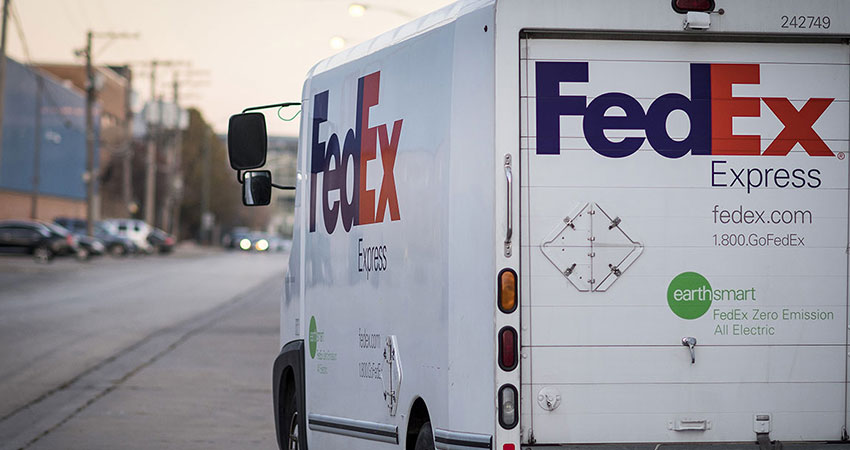FedEx executives this week announced plans to integrate its operating companies – ground, express and freight – to drive operational efficiencies and eliminate redundancies, with the hopes of more than recouping the one-time expense of $2 billion over five years to make it happen.
The plan, called Network 2.0, was unveiled during an investor’s day event at FedEx headquarters in Memphis. It’s really the formal acknowledgement of a strategic shift that has been underway for the past couple years, which was championed by former president, CEO and founder Fred Smith.
“(Network 2.0) fundamentally changes how we look at our networks,” said FedEx president and CEO Raj Subramaniam, who took the reins in March. “It moves beyond discrete collaboration to more end-to-end optimization. We have the digital and data capacity to drive efficiency across networks like never before.” He added by 2025, the plan is projected to generate $2 billion in annual operating income.
Short-term targets of the integration plan include reducing the number of Ground and Express stations by 100 over the next 3-5 years; creating a common IT infrastructure for key operational elements like scanning and sorting by 2024; and eliminating more than 10% of the collective routes of both divisions by 2027.
John Smith, president and CEO of FedEx Ground, said pilot programs have already begun in three markets, combining Express and Ground operations, with more to follow.
Subramaniam said the plan is enabled by the company’s Operations Insights Platform (OIP), run by the FedEx Dataworks division. A separate program, Last Mile Optimization (LMO), begun in early 2020, has “developed technology and business systems to allow us to communicate across operating companies,” said Richard Smith, incoming president and CEO of FedEx Express and son of Fred Smith.
He said LMO has “created insights and processes” to effectively hand off packages between Ground and Express and eliminate redundant routes.
“It’s a huge move for us, and it’s opened up a world of learning and future collaboration opportunity that was just not possible before,” Richard Smith said. “To date, it’s resulted in FedEx Express bringing approximately 1.3 million packages into the Ground network every week. Since starting LMO, FedEx Ground has delivered more than 70 million Express shipments, and that’s only the beginning.”
In lower-density markets, FedEx will consolidate down to a single station across operating companies, eliminating redundant routes in the process. In higher-density urban markets, Express and Ground will co-locate under one roof to facilitate package transfers, driven by data analytics.
“This co-location, along with planned operational changes and the technology enhancements, will also add capacity by sweating the assets, similar to what we do with Express hubs,” Richard Smith said.
Lance Moll, president and CEO of FedEx Freight, said his division coordinated over 80 million miles of intermodal support for FedEx Ground in the past year, and shared 3,000 of its intermodal containers with the sister company. Through FedEx Dataworks, FedEx Freight has a dashboard to manage the flow of containers. Leveraging its intermodal capacity, FedEx was able to reduce so-called “bobtail miles, where a tractor does a return trip without a trailer, by 8 million miles this past fiscal year.
“Working with Data Works, Ground and our engineers at Freight, we identified some complimentary activities to reduce drayage costs between both operating companies,” Moll said. He also said Freight supplied more than 1 million miles of linehaul support to Ground this past peak season.

